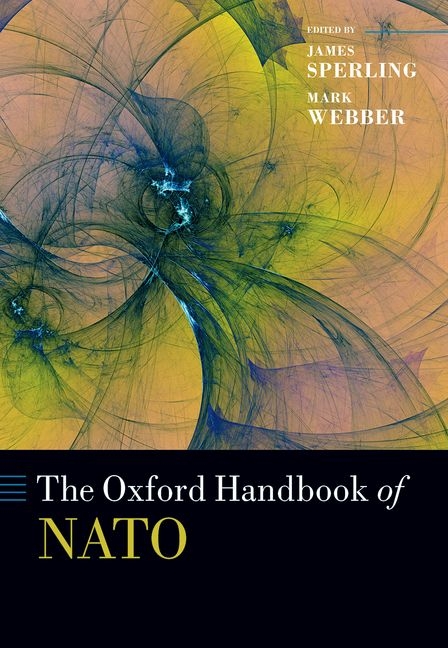Description
The Handbook is divided into nine parts. Following an introductory part offering a thematic overview of NATO, framed by different approaches to domestic politics and global order, the second part explores three broad questions - what is NATO for, who is NATO for, and whither NATO? Part Three is more expressly theoretical, providing multi-perspectival analyses of the Alliance. Part Four then turns to how NATO works as a political-military alliance. Parts Five and Six are concerned with what NATO does in practical terms - how it addresses a wide range of security threats and what operations it has mounted in response. Part Seven looks at some of NATO's most significant allies including France, Germany, Italy, Poland, Turkey, the United Kingdom, and the United States. Part Eight, meanwhile, is concerned with partnerships and key relationships beyond NATO's membership - looking at Australia, Georgia, Ukraine, Russia, China, the European Union, and the European neutrals as well as ties to states in the Gulf, the Middle East, and North Africa. The final part of the volume offers reflections on NATO's recent past and possible lines of future development.
Product Details
- May 20, 2025 Pub Date:
- 0198851197 ISBN-10:
- 9780198851196 ISBN-13:
- English Language




